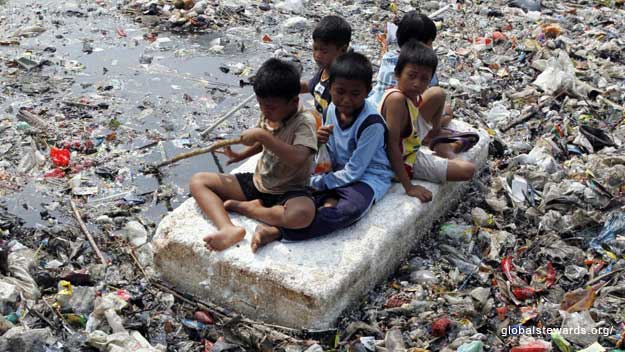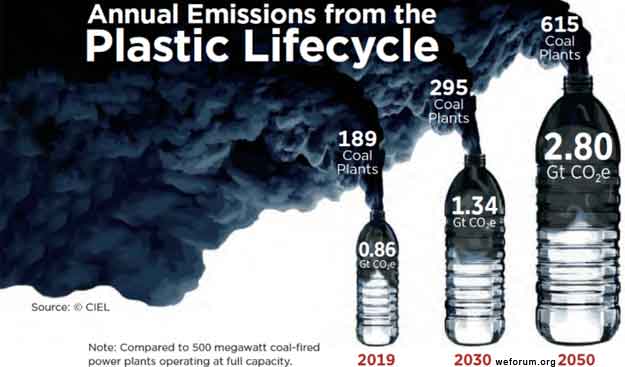 Plastic became very appealing many years ago when it found applications in many consumer products, mainly because of its versatility, and durability besides being soft or flexible, sterile, and cheap. Plastic is present in every nook and corner of many households finding its place in a wide range of products like computers, phones, and various forms of internet technology, vinyl records, magnetic tape, photographic film, or compact discs. Besides it is present in daily use home items, children’s toys, food packaging etc. A significant benefit is in the medical industry also, for example, blood bags, syringes, and flexible tubing which is indispensable. On the mega-scale, plastic takes pride in auto parts, lightweight aircraft materials, satellites, and space shuttles without which commute looks impossible.
Plastic became very appealing many years ago when it found applications in many consumer products, mainly because of its versatility, and durability besides being soft or flexible, sterile, and cheap. Plastic is present in every nook and corner of many households finding its place in a wide range of products like computers, phones, and various forms of internet technology, vinyl records, magnetic tape, photographic film, or compact discs. Besides it is present in daily use home items, children’s toys, food packaging etc. A significant benefit is in the medical industry also, for example, blood bags, syringes, and flexible tubing which is indispensable. On the mega-scale, plastic takes pride in auto parts, lightweight aircraft materials, satellites, and space shuttles without which commute looks impossible.
Nowadays plastic gets attention when a whale or a fish accumulates plastic in the marine environment however neglecting its overall impact on global warming and human health. More than 99% of plastics are manufactured from petrochemicals, most commonly from petroleum and natural gas. However, the whole process of refining, production, transport, and waste processing is very fuel (high energy) intensive hence releasing Green House Gases (GHGs). A very careless usage of plastic exhibited by the consumers will be covering the world’s oceans with an estimated eight trillion tons of plastic garbage.
As per a recent report, containment of GHG emissions from the plastic lifecycle will be an impossible task for the world to keep the global temperature target rise below 1.5°C. It was predicted that the production and incineration of plastic in 2019 will produce more than 850 million metric tons of greenhouse gases—equal to the emissions from 189 five-hundred-megawatt coal power plants. And, possibly attaining emissions of 2.8 gigatons of CO2 per year in 2050, equivalent to releasing 615 five-hundred-megawatt coal plants. By 2050, the greenhouse gas emissions from plastic could reach over 56 gigatons—10-13 percent of the entire remaining carbon budget. This carbon accounting showed the emissions problem will worsen more if plastic proliferation occurs at a rapid rate

What are the alternatives to mitigate the problem?
Bioplastics
A wide range of bioplastics made of polylactide and involving potatoes, corn, food waste, and recyclable claim benefits to the environment and health. Contrary to their name, bioplastics are in fact less biodegradable and energy-intensive in terms of harvesting crops with big machinery, fertilizer costs, transporting and processing of raw material, and waste processing leaving higher carbon foot printing than conventional plastic. Moreover, these will be polluting rivers and estuaries through eutrophication. In addition, the production of bioplastics (< 1% of total plastic) would require a vast area of agricultural land so will not be able to accommodate the growing population.
One report considers bio-based and biodegradable plastic to be false strategies as these will potentially increase GHG, environmental and health impacts. For overall benefit, it was proposed to end the production and use of single-use, disposable plastic; stop the development of new oil, gas, and petrochemical infrastructure; fostering the transition to zero-waste communities that are currently creating more waste than ever.
Carbon Dioxide to Plastic
In Europe, research is conducted to obtain polyacrylamide or ethylene from carbon dioxide to make plastic requiring careful design and utilizing sophisticated catalysts. However, considerable work is required in this area, and it is a long-short with no predictable benefits and betterment of the plastic problem.
Recycling
While sounding easy to do, recycling creates a different and gigantic set of problems. Apart from being costly as compared to the low costs of raw materials, recycled plastics have low commercial value, unprofitable, and require considerable government subsidies.
Is eliminating plastic a solution?
Plastic Circular Economy:
A better solution possibly is a circular economy for plastic whereby plastic is restored, regenerated, and not discarded in the environment thereby reducing GHG emissions to some extent.
Replacing Plastic:
It has been suggested to replace plastic with things such as paper canvas or glass, however, no carbon footprint information for these is available. Replacing plastic for certain industry sectors will be an impossible task though.
Pollution, Global Warming, and Economy
It was put very candidly: “If you really think that the environment is less important than the economy, try holding your breath while you count your money.” — Guy McPherson
Subbalakshmi Yerramilli
Some of the information and data: BBC earth, CIEL, the conversion and own work.
